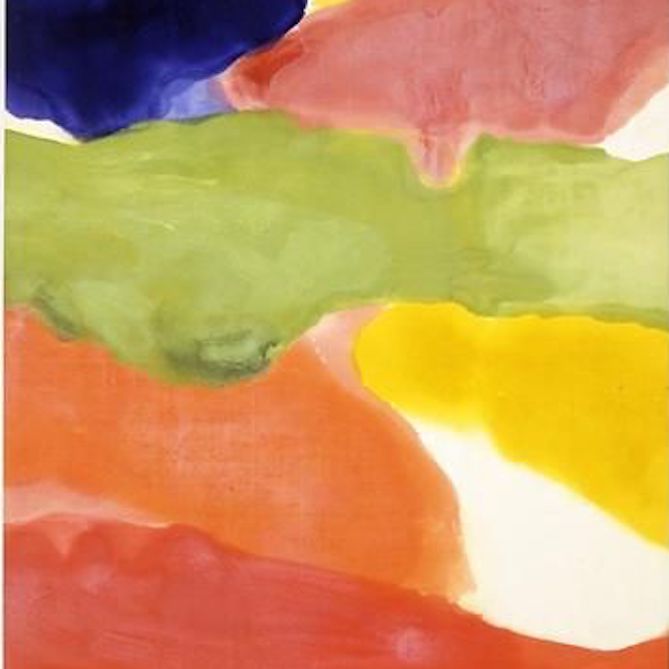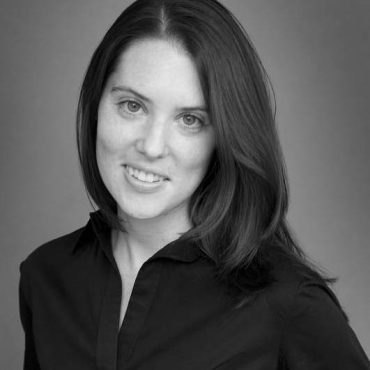
Sing. Paint. Dance. (Part 1)
Rebecca Merblum
Sing. Paint. Dance. (Part 1)
Sing. Paint. Dance.
I am often reminded of a statement made by Tabea Zimmerman that alluded to the idea that all instrumental problems have non instrumental solutions.
With that in mind I often advocate a number of non instrumental solutions to any issues that may arise in the course of music making. Each can be connected to one of three wings : Singing. Painting. Dancing.
On the occasions that I played with the LA opera, I was around Placido Domingo as both conductor and singer. The latter is clearly his identity in spades. But to hear him sing every vocal line in a rehearsal always echoed quartet life for me. Listening with a sense of integration -each voice existing within the context of the whole. And beyond the sense of a beautiful composite, Placido used his breath to communicate everything. Phrase length, tension within a given interval and it may go without saying, but, character.
Opera is, of course, one of many wings in the vocal arts. Lieder and its poetry continue to capture my ears and heart perhaps more than any aria. I feel on some level that Matthias Goerne is really the ultimate cellist. Or perhaps the finest cellist integrates an unbelievable baritone voice within his or her palette. Listening and singing Schubert and Schumann lieder are enough to guide the approach to thematic material in any of the string literature. Truly, sing them. In the shower, on the treadmill, anywhere! Why? Because we return to the breath and the ears. We aren’t lost in technique or physical challenge. When we sing, we engage our diaphragm in concert with our inner voice. We truly embody the sound we wish to create. And of course, as string players we connect our right sides to this relationship. We no longer spend the bow unconsciously. We distribute as we would our air supply. We find the speed and weight relationship that connects to the depth of sound we crave and we reflect that frequency in the left side if desired.
Singing is invariably connected to language on some level as well. Hearing the use of language is vital in regards to the discussion of articulation – emphasis can often be connected to the treatment of a vowel or consonance. Also most dots or tenuto markings can be sorted by listening to language. Think of the idioms of Bartok for example. Even singing his name helps to integrate this type of approach to vocalization that reflects Hungarian folk singing. Of course time period and style must also be factored in, but this relationship to singing remains a tool in that discovery process.
This kind of work is always very intentional in the sense that it’s helping physical and internal awareness. It’s turning up the volume of one’s inner Jonas Kaufman (Frederica von Stade or Barbara Hannigan would be amazing voices to incorporate too!) and helping that sound connect to its physical source.
That said, singing can be used in countless ways in practice. One rather unrefined application often helps if hesitation of any sort arises in playing. On any given note that may be a challenge to begin it often helps to sing simultaneously. So when the bow reaches the string and engages in spinning the sound, it is accompanied by vocal sound. It’s not a shock that engaging the diaphragm releases tension in the arms and connects to rhythmic impulse. But without thinking about anything like that, one can allow the body to feel release in conjunction with sound production. This goes for any dynamic range, by the way.
And just to be painfully obvious, singing is perhaps most connected to childhood and imagination. Inhibition is gone and we often can strip away layers that may be impeding the creative process. A phrase moves as it wants to move, rises and falls organically and we are at ease physically all the while. So, get singing!
Painting. Drawing. Visualization.
To be continued….
Subjects: Practicing
